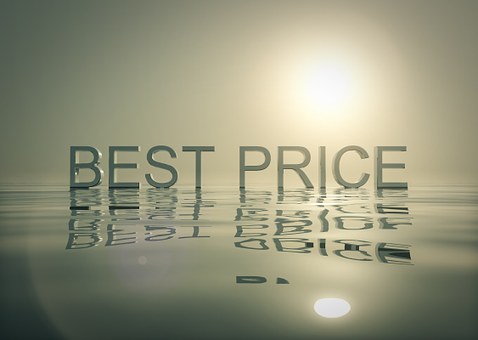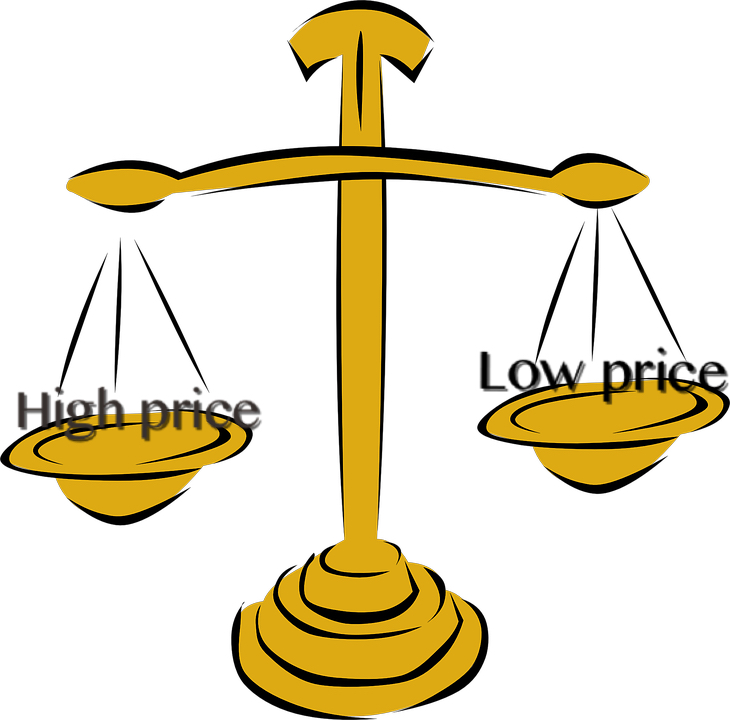Price can directly influence the revenue of the company, and revenue is the lifeblood to keep the company alive and prosperous. Many companies save itself from the brink of bankruptcy by adjusting the price or stand out by pricing appropriately. Thus, to find the recipe for pricing is the key to success. Here are the tips for how to price your products and the procedure that you should follow.
(Note: to read the condensed version of the article, scroll down to the bottom of the page)
Before pricing……gathering the information that will aid you when actually pricing the products.
Set The Business Goal: every company has its own vision. In essence, your company’s goal is usually to make money by maximizing the profits. However, you need to specify your goals into what you expect out of each product. What’s your revenue target? How much you want from one product?
Know Your Customers: Utilizing market research and keeping an eye on the social trend, you need to know not only what the customers want now, but also what they will or may want in the future. That includes being aware of what your targeted customers buy, how sensitive they are to the prices, how much they are willing to pay, what their buying habits are and etc. The rule of thumb is to avail your customers with the products they NEED and to make sure that when those products come out, they will purchase them willingly.
When pricing……the key is to find the sweet spot between underpricing and overpricing.
Setting the price range of the products: Here are a few costs you need to cover: raw price, overhead cost (including fixed expenses and variable expenses), labor costs, marketing and selling costs and the cost to operate the business (salary, possible debt, capital for future expansion and so on). Despite of the “tangible prices”, what often being overlooked yet important is the “intangible prices”. Humans are emotional animals. You need to take the emotional factors associated with the products into consideration. For example, if your product can bring happiness or romance within couples (and you need to state this clearly in your promotion), you may need to transform such emotions into actual value. Also, adding some small features and providing good customer service can be your selling points, too. In this way, you can raise your price reasonably (only within a certain price range).
[Pitfall #1] Underpricing: Two main problems with underpricing. Firstly, “cheap is cheap.” Even if your original intention is to attract more clients while striving to sustain the margin, the customers may misread your message and assume that you’re lowering the qualities of the products. Secondly, if the price has been low for a long time, people will find it hard even to accept its original price, which, in a long run, is a hit on sustainable growth of the company.
[Pitfall #2] Overpricing: Boiling down the disadvantage of overpricing into one sentence: people prefer the products that are comparably cheap yet reflecting good quality. Setting a a high price is not infeasible, yet an unreasonably steep price may be.
TIP: Customers usually choose the “middle price”. The best bracketing plan is to have three price options and expect to gain most revenue from the product that is either the most or least expensive.
After pricing……it’s time to increase and decrease the price slowly and regularly.
Know Your Competitor: Always keep track on where the market is going and what plans your competitors are brewing. You need to compare the net price, be aware of their price changing, and meanwhile strengthen your advantages. If your product is better in customers’ eyes, running up the prices within the competitive price range; if not, knocking down the prices within that range.
TIP: Bundle price>single price. “Buy one get one free” can help you sell more products while lowering the price of individual item. However, being aware that people may solely focus on the products that are on sale, even though sale promotions are better than advertisements.
Raise And Lower the Price From Time to Time: How much do you think the customers can take if the price goes up? When the price exceeds their ability to purchase, lowering the price. Then when there is a new product, you can set a fairly higher price and see the reactions from the public. After a while, rolling down the prices for the earlier reasons. It’s a circle. But you should always keep in mind that price changing should be incremental lest the customers get suspicious of the company’s negative earnings.
It takes time to set the price. Once the price is set, it has to be monitored and change based on the circumstances. Price setting is never easy. Trial and error happen frequently. The tips above show you a general picture, and companies need the patience to go experiment and find out what’s best for themselves.
[There are three most decisive factors in pricing the products: customers, competitions, and budgets. Before you get started, you need to set a detailed business goal and be aware of your customers’ situations. When you put your hands to set the price, you need to avoid both under and over price by determining the competitive price range beforehand. After that, you need to regulate your price up and down incrementally based on the market trend and you competitors’ price changes.] –Condensed Version of this Article



